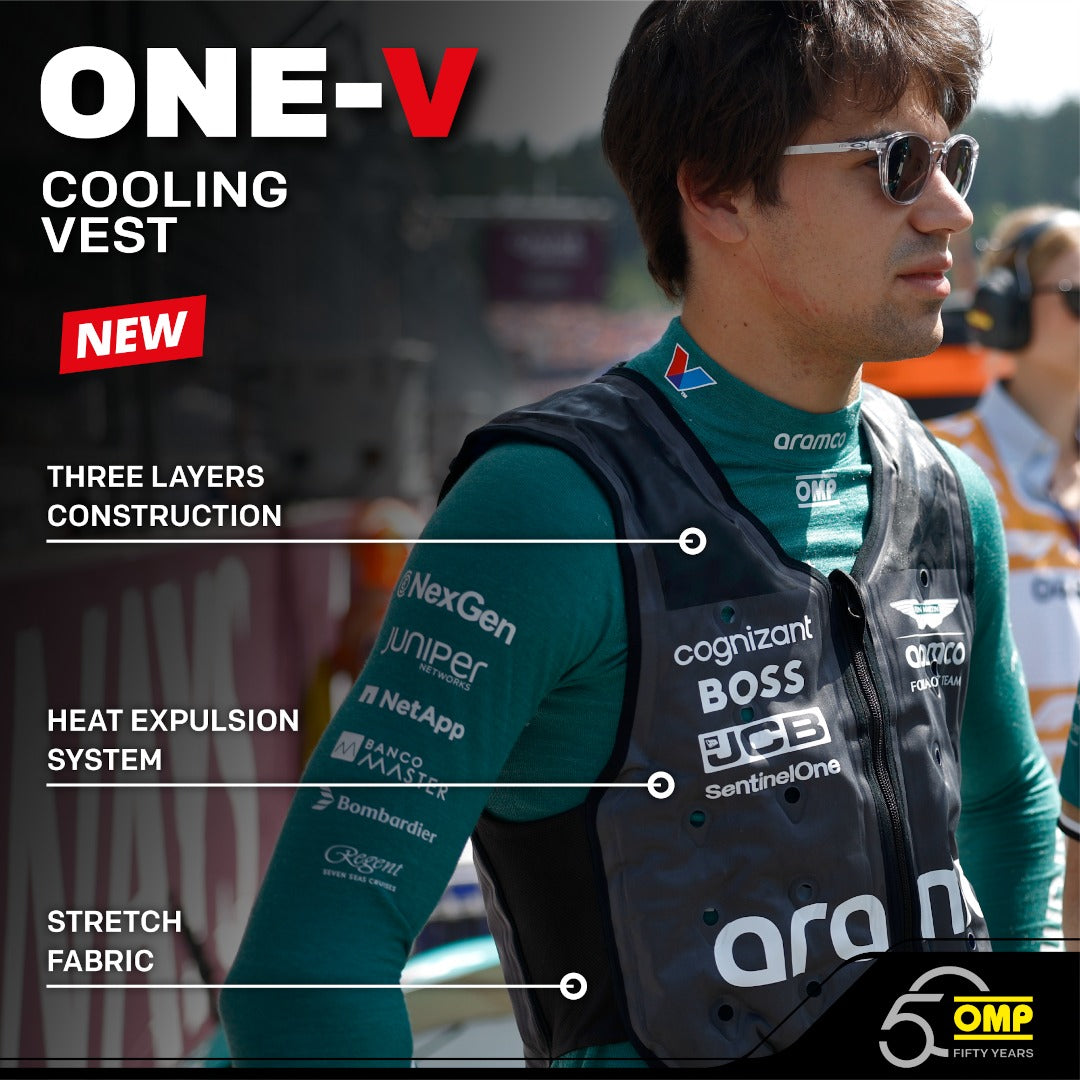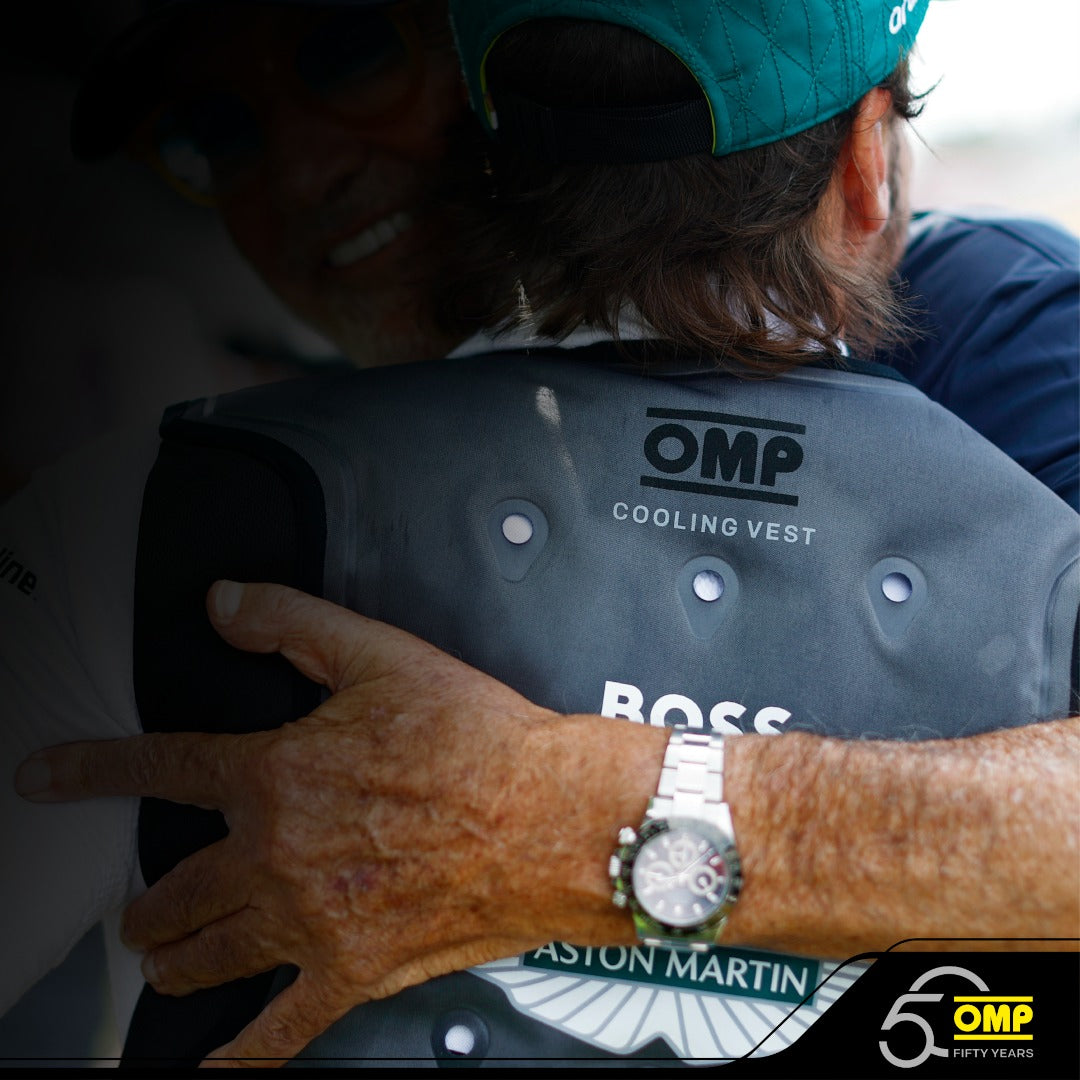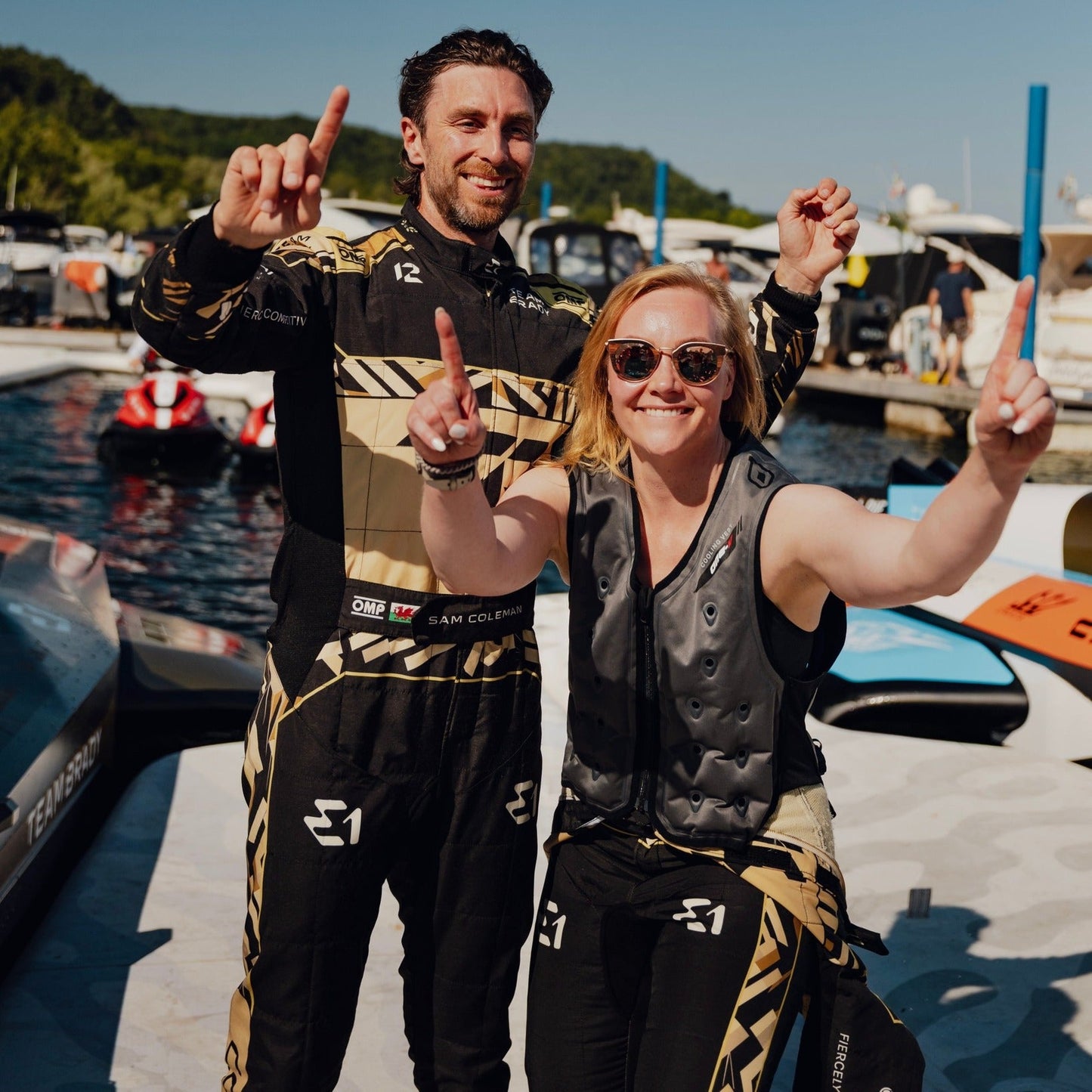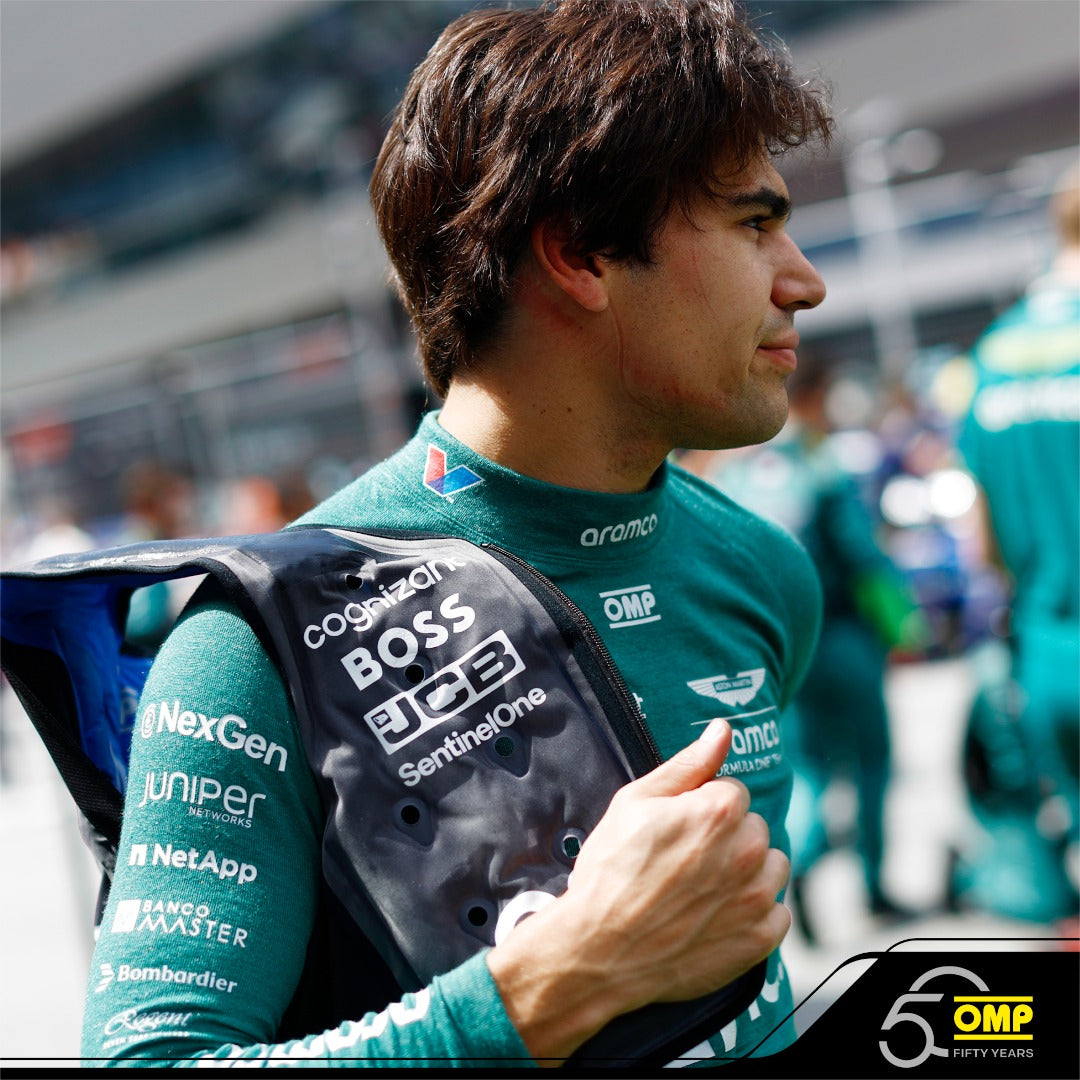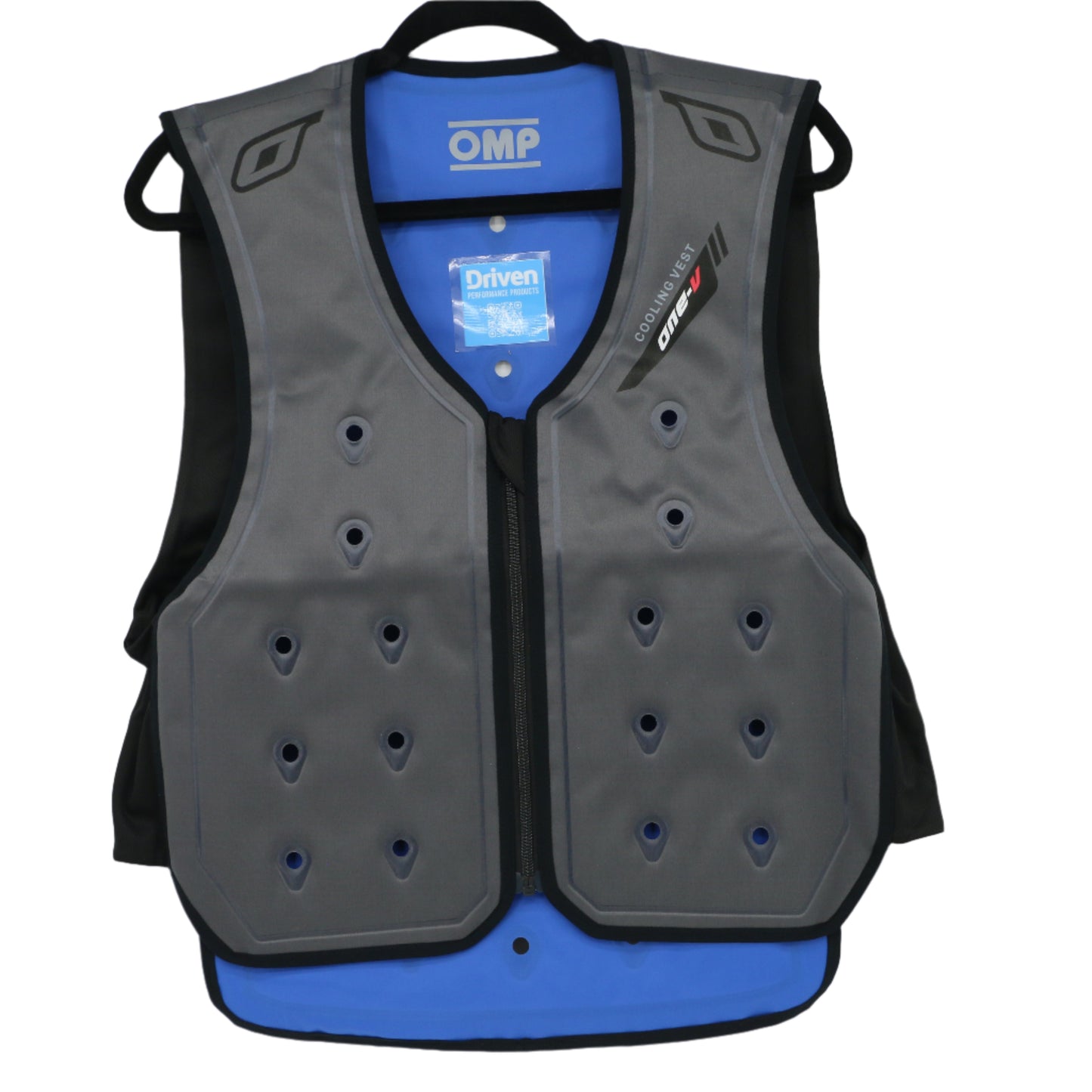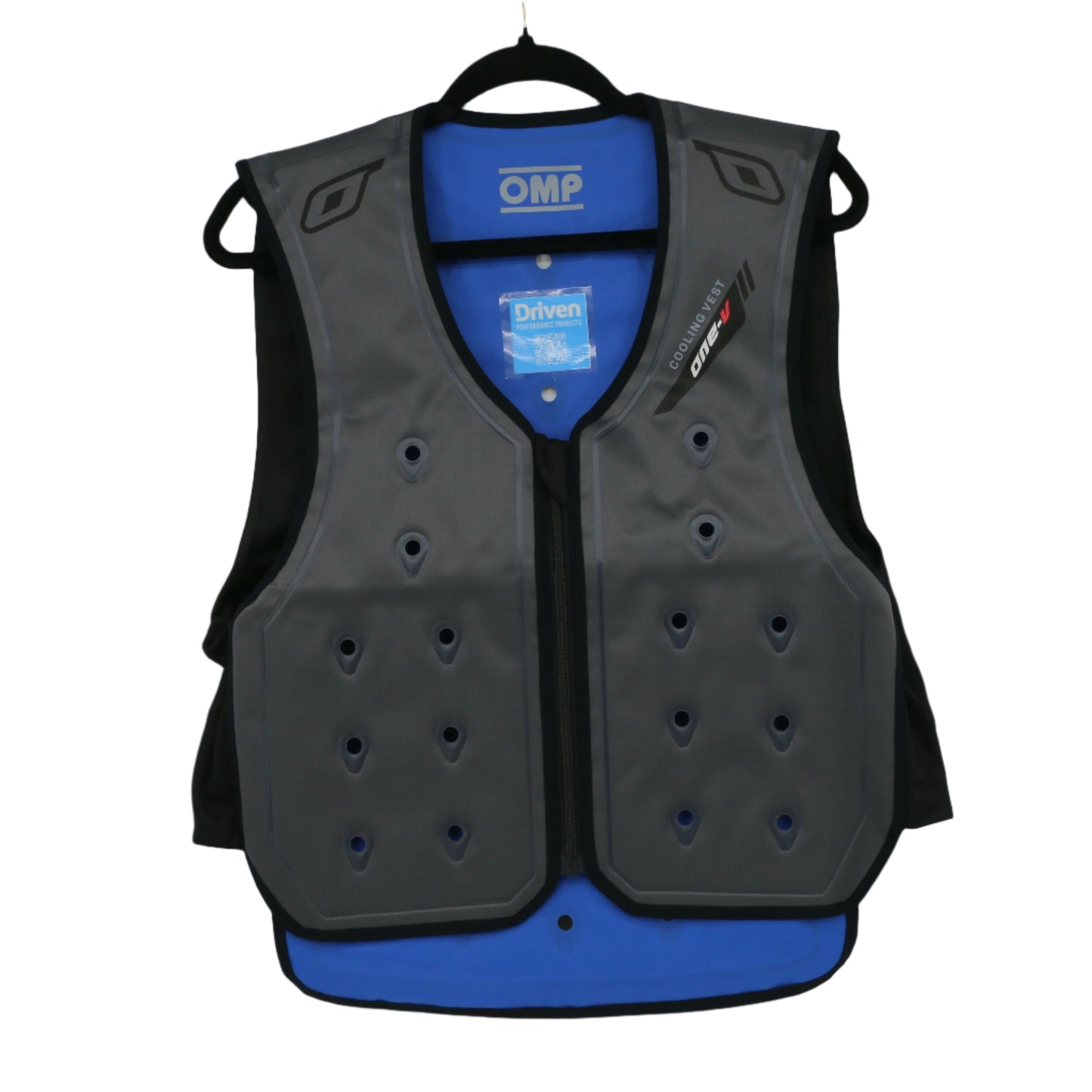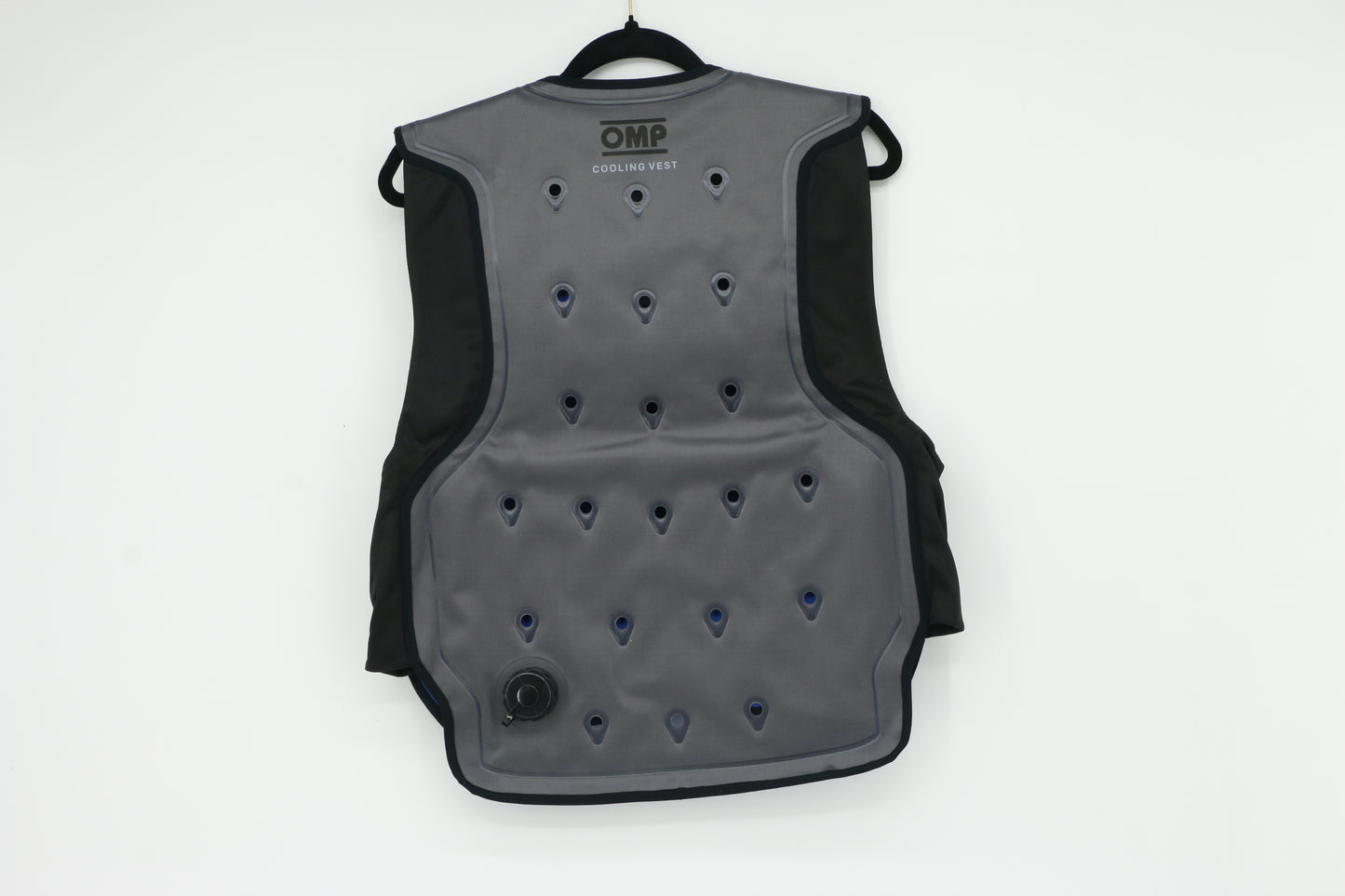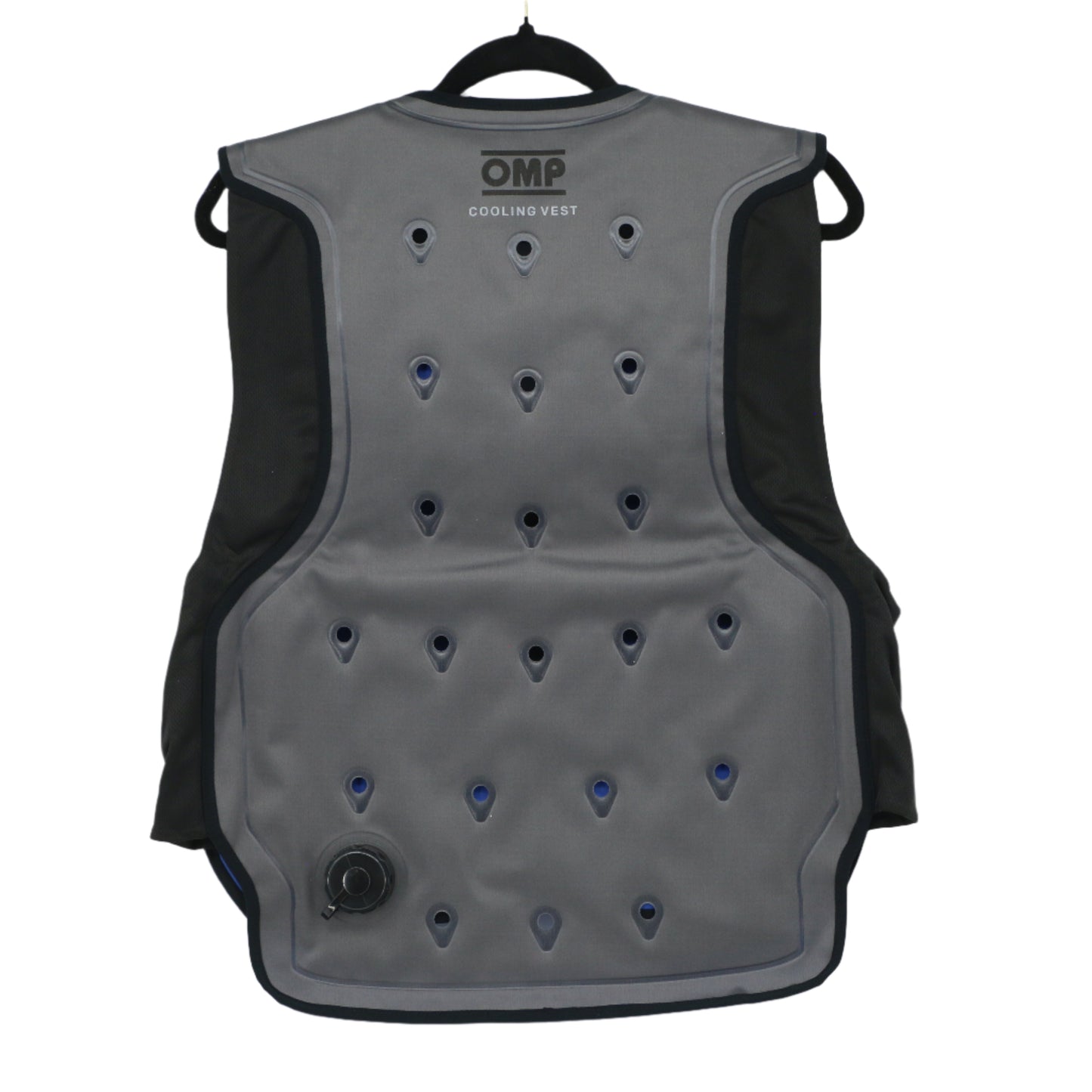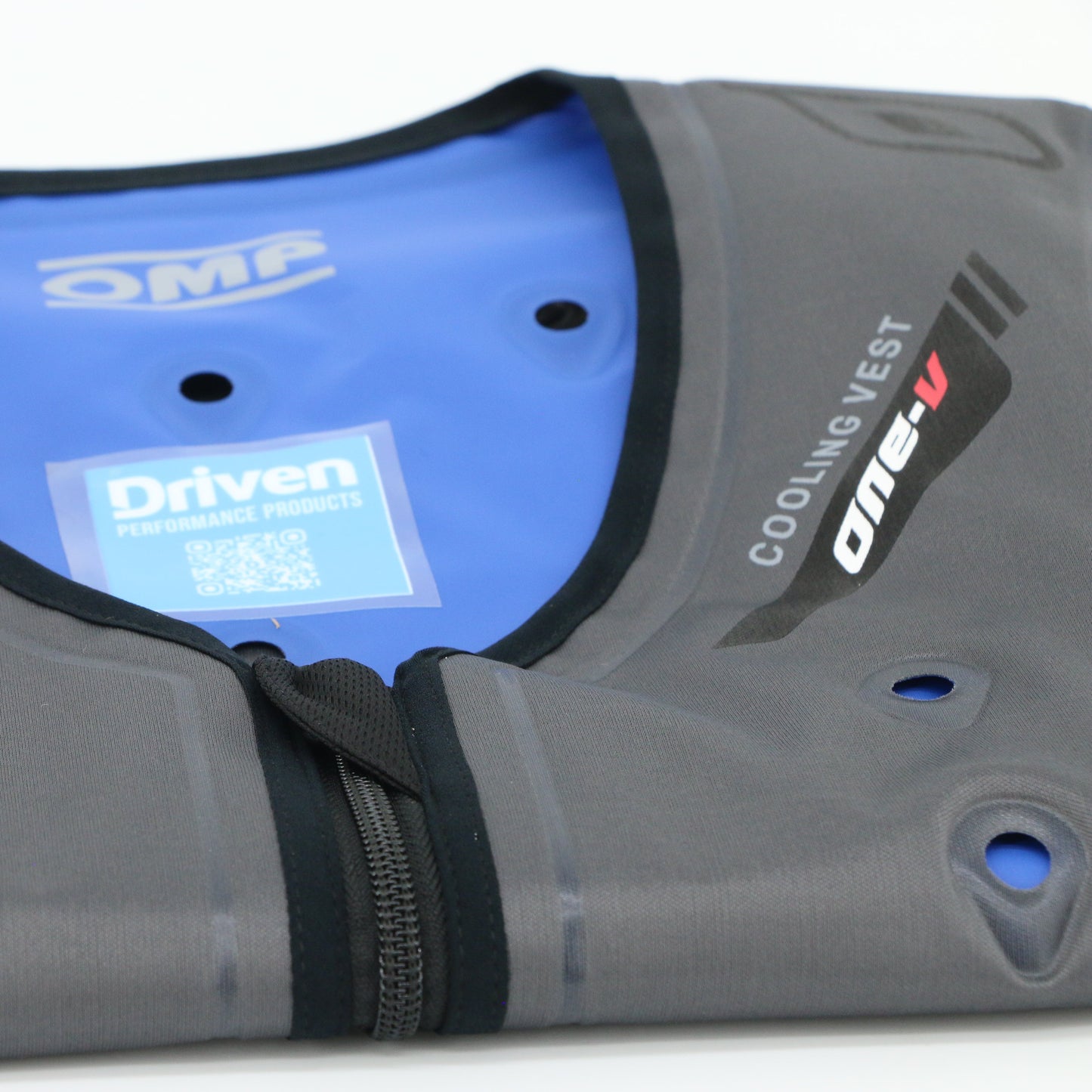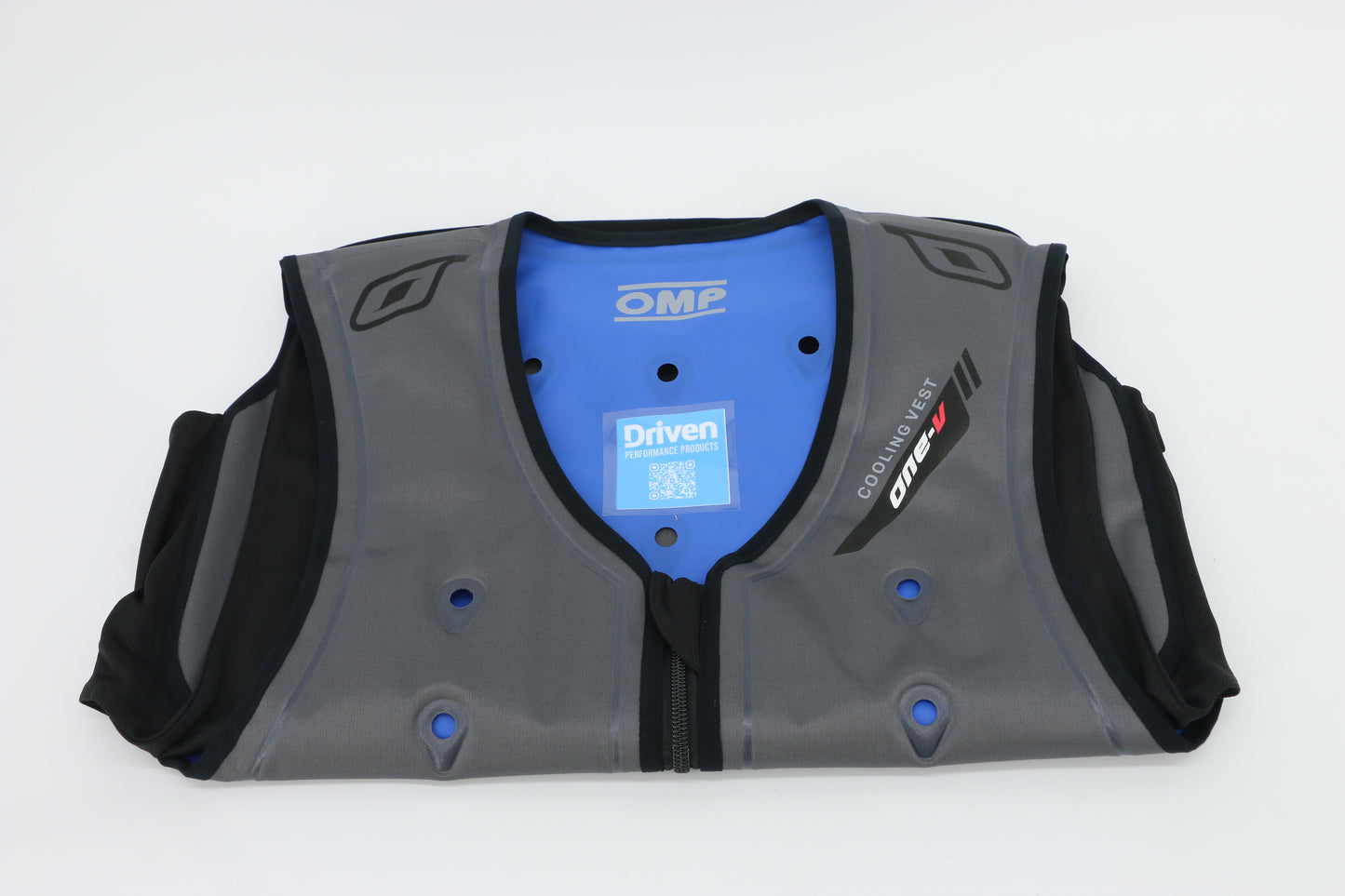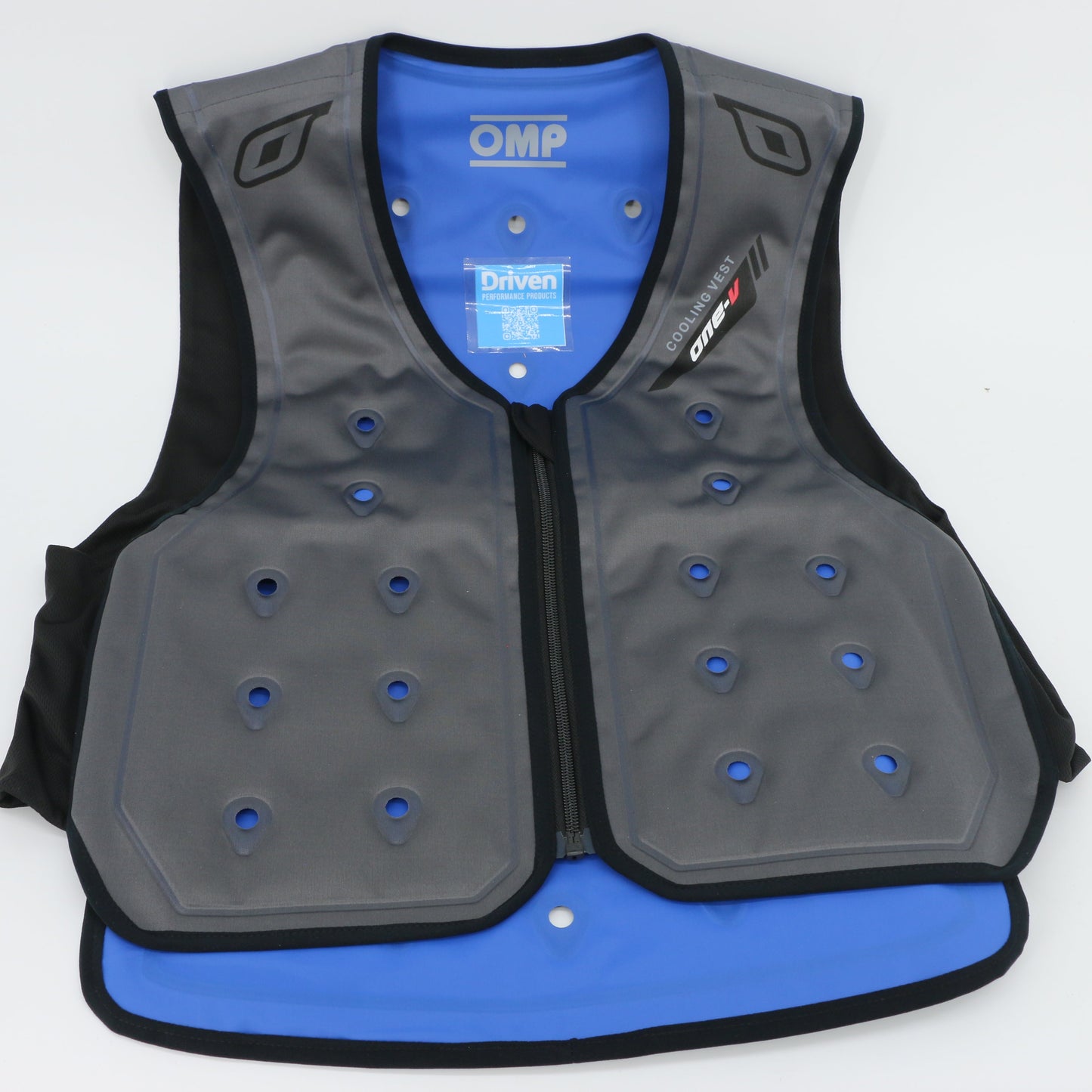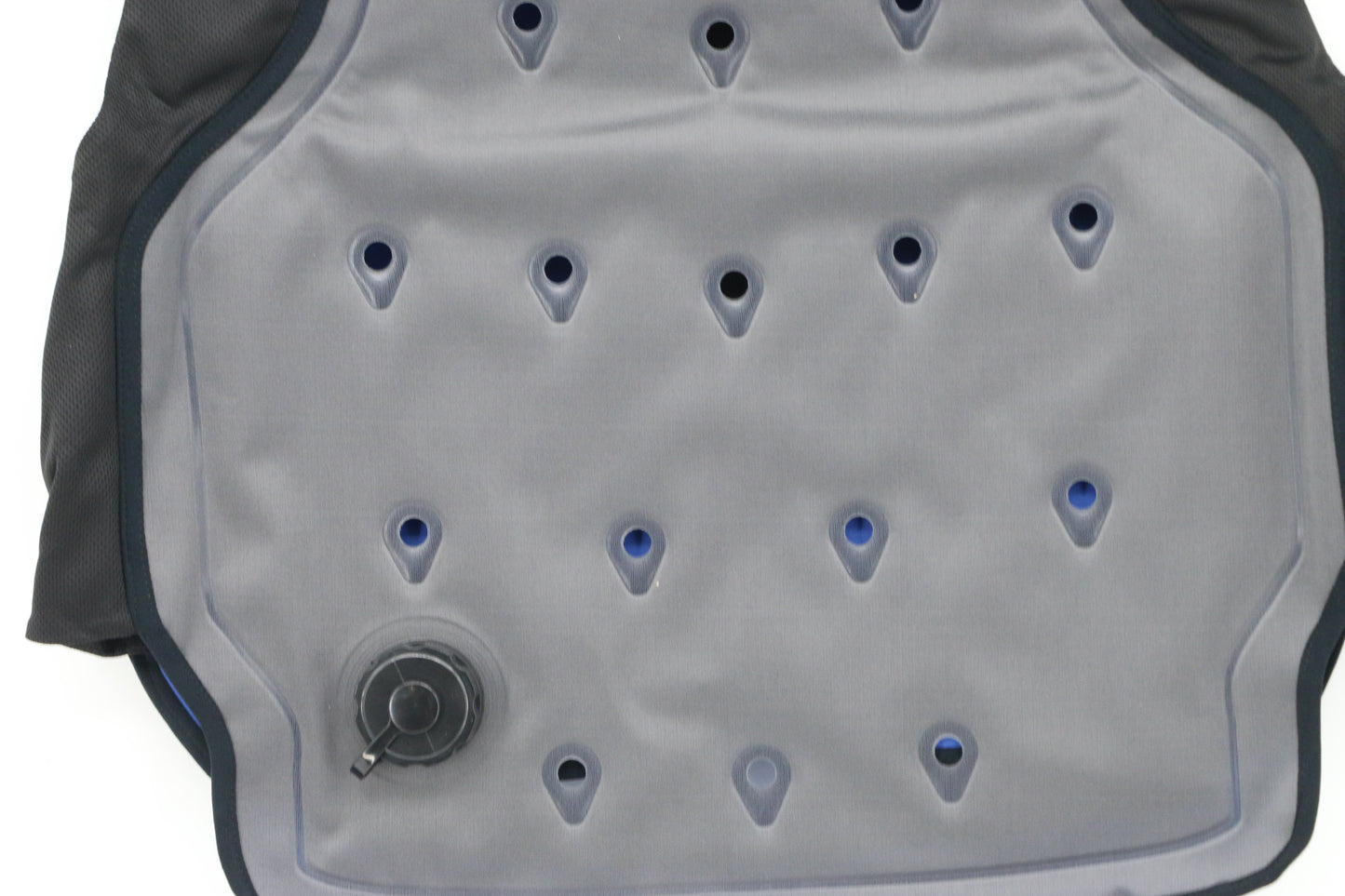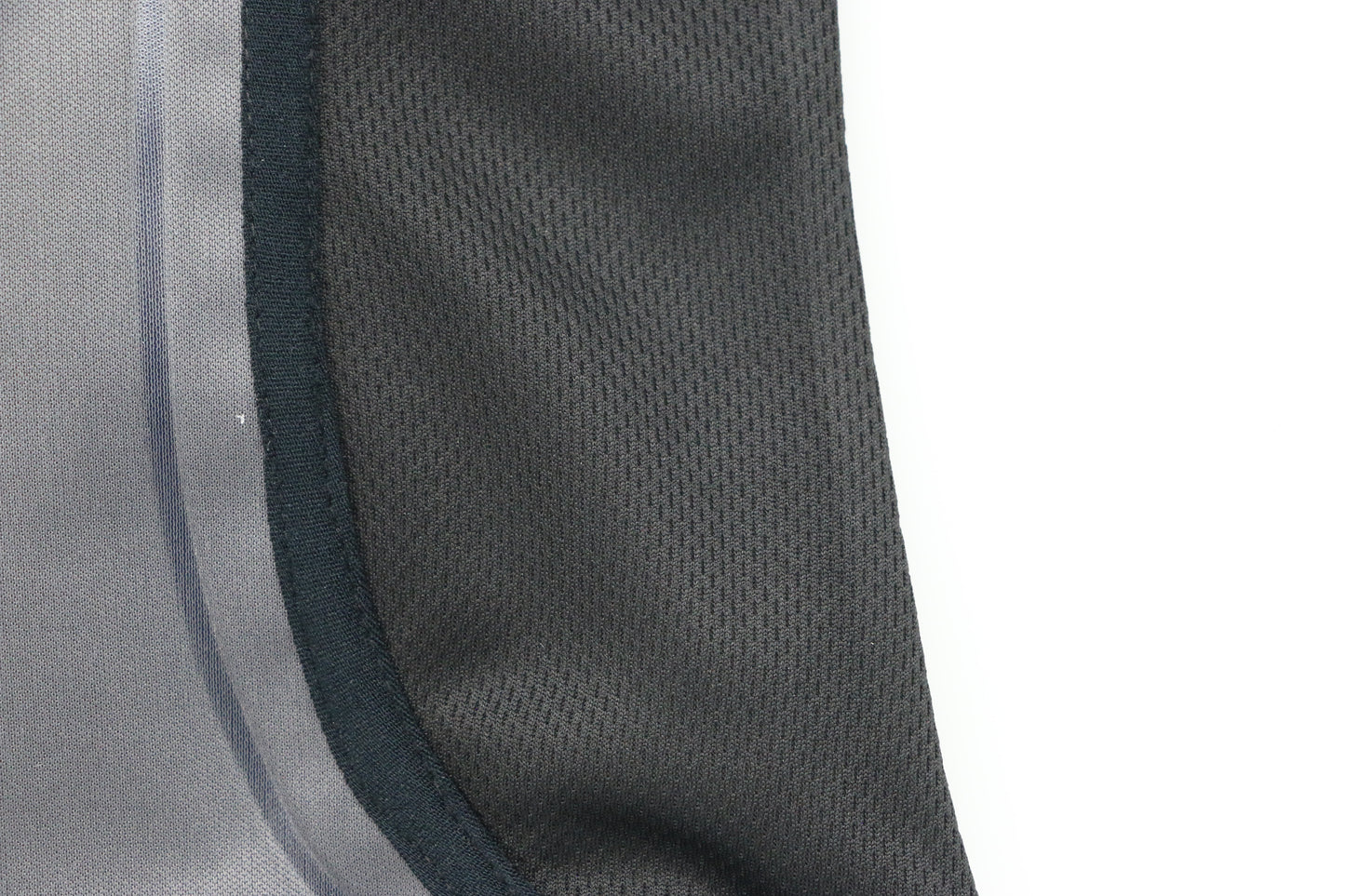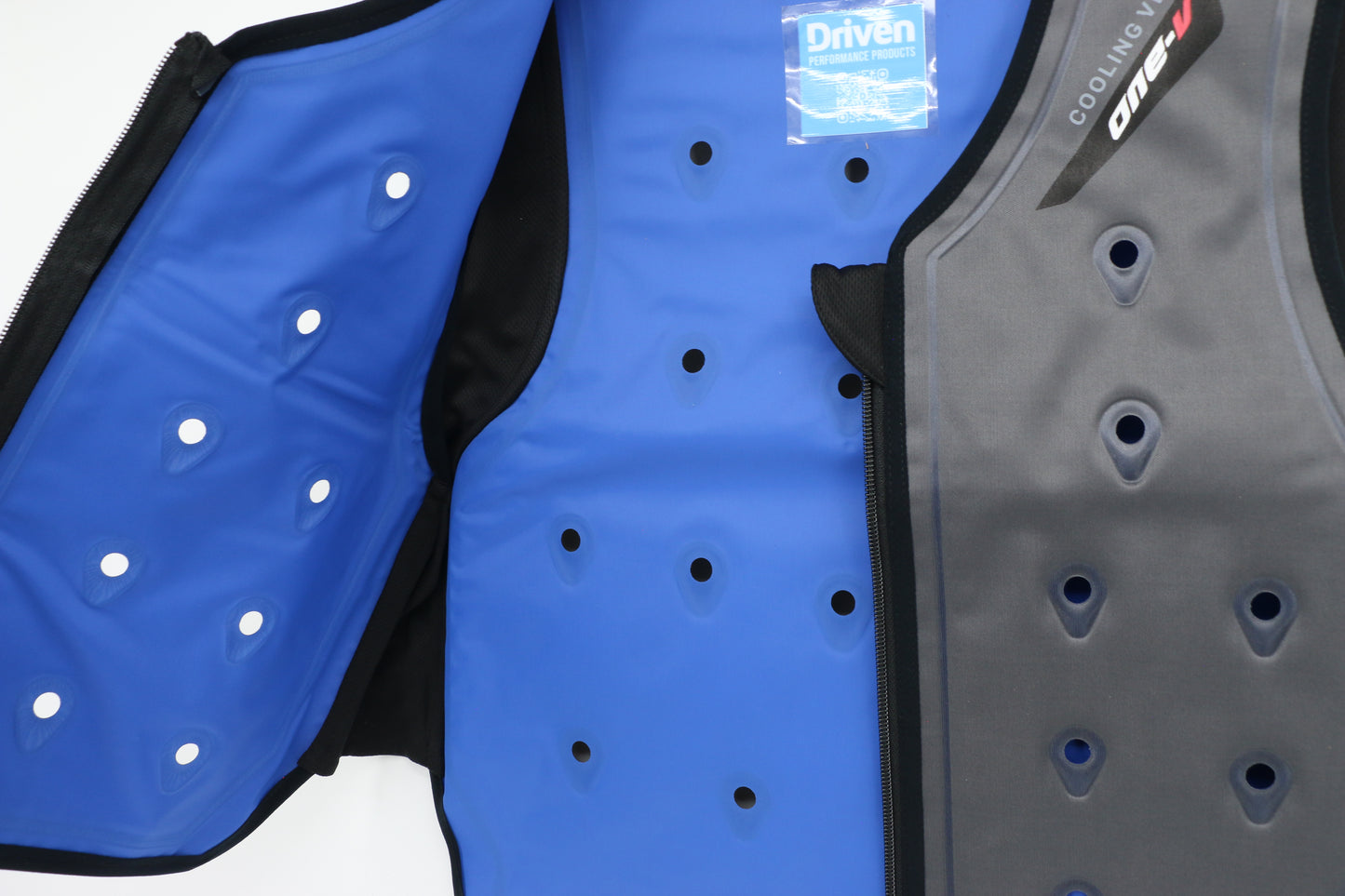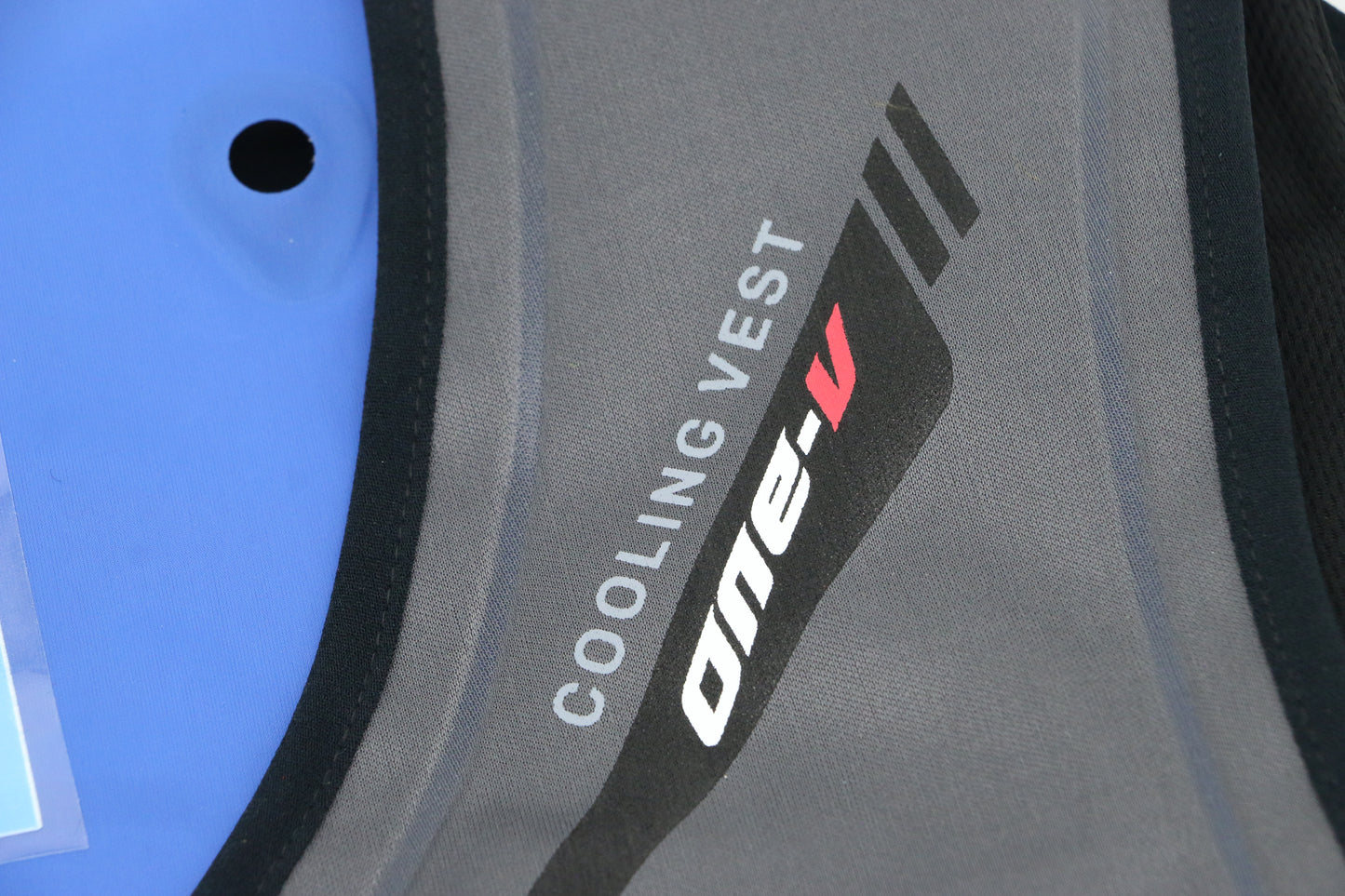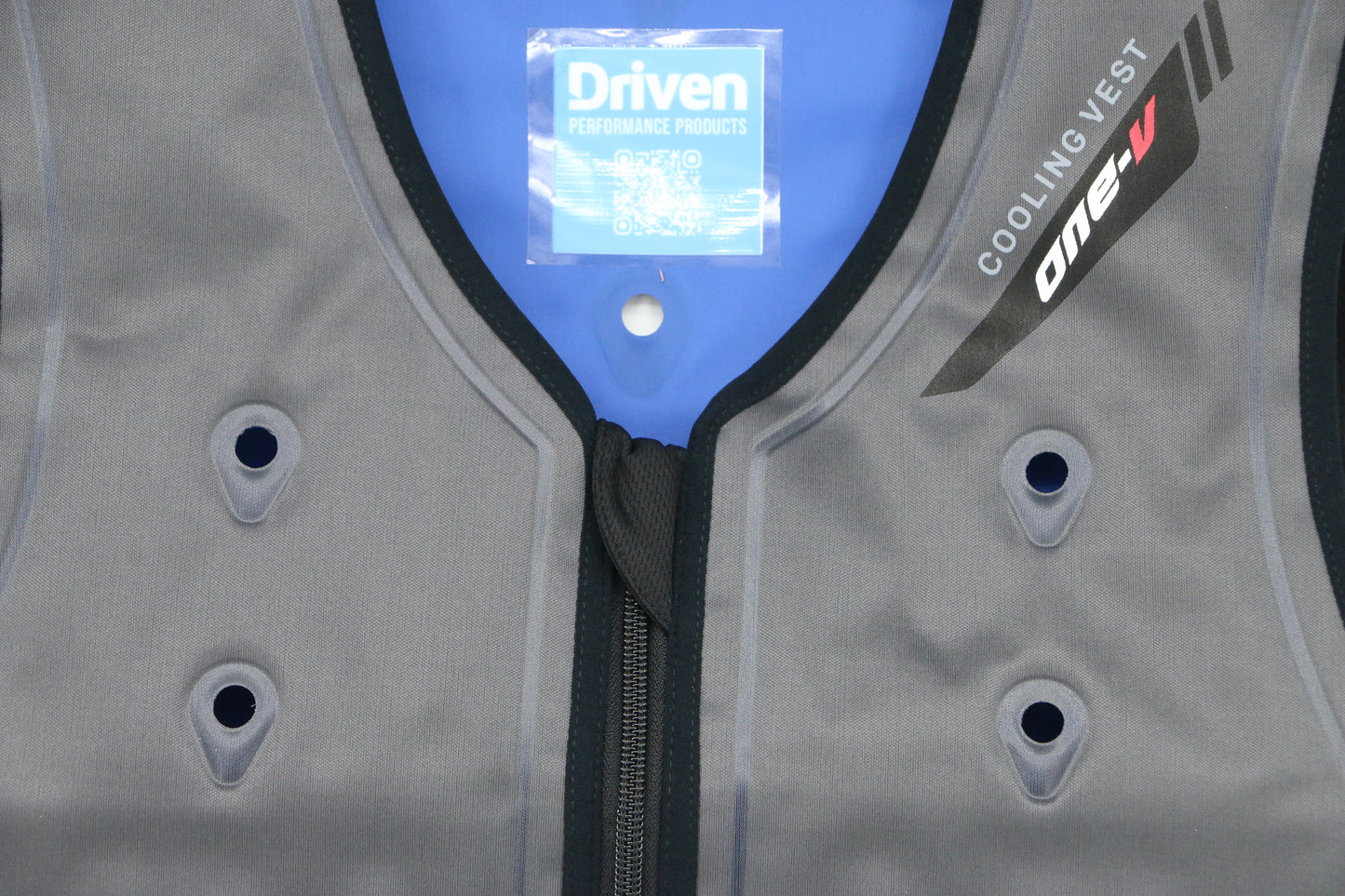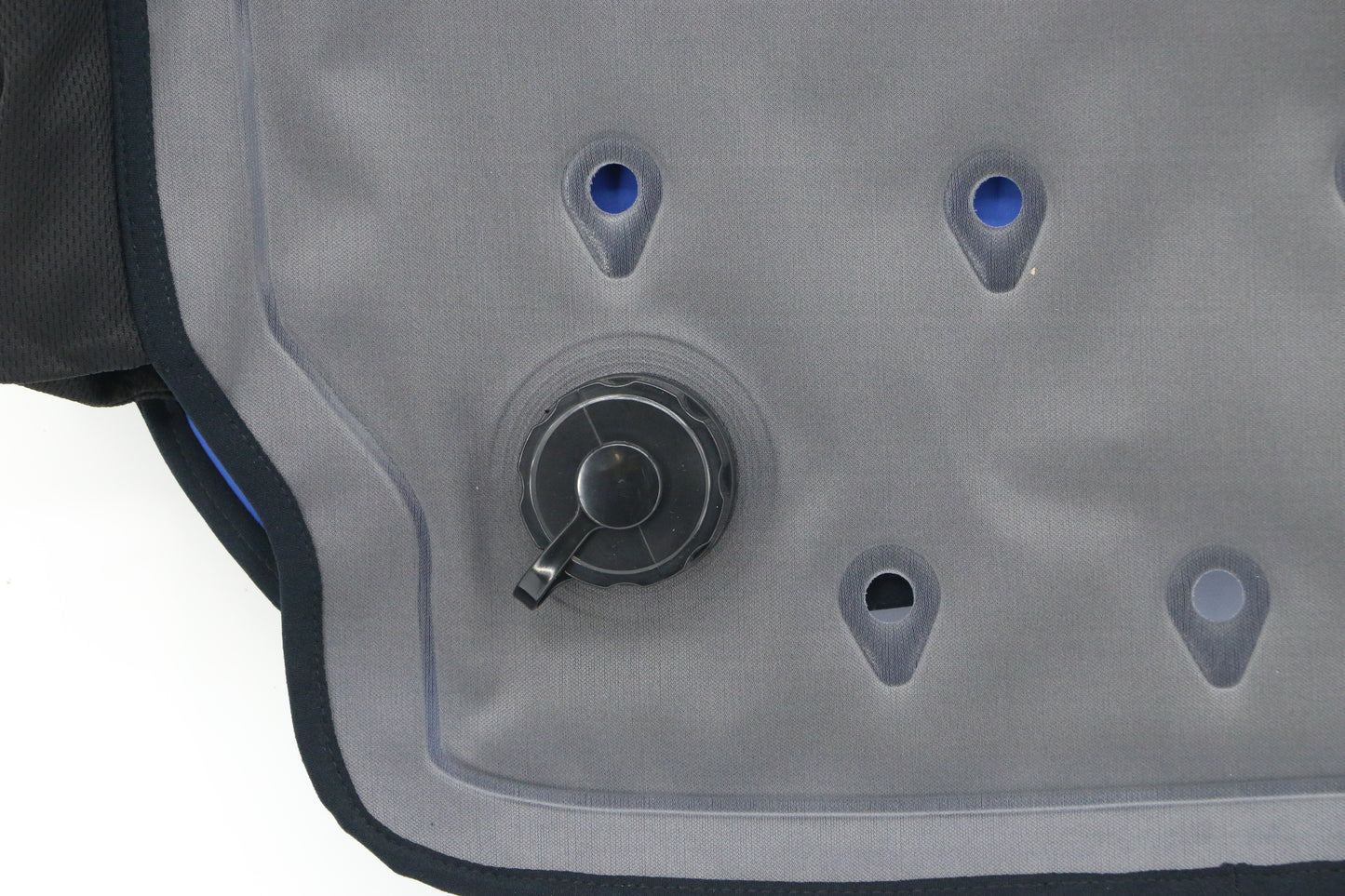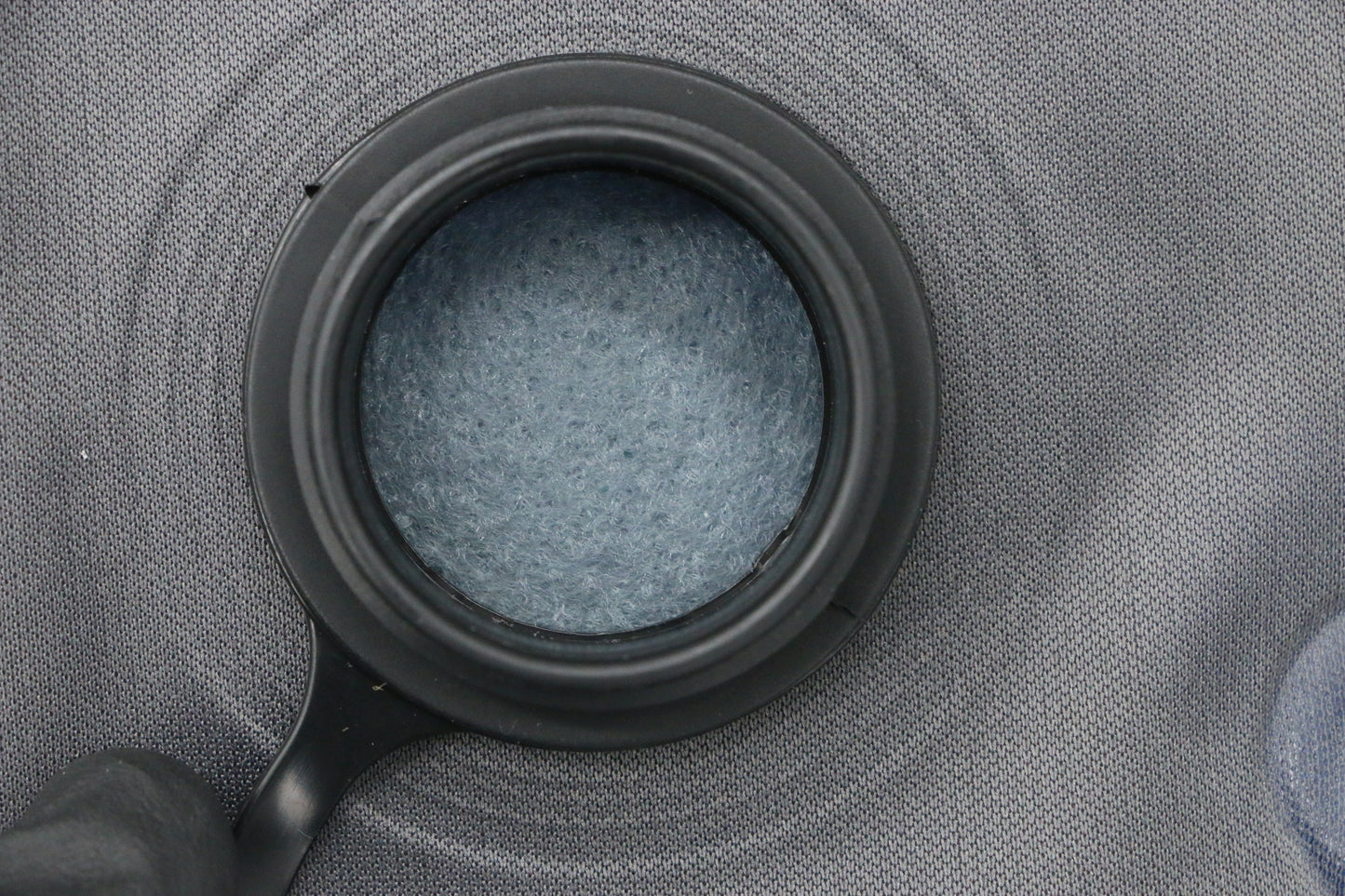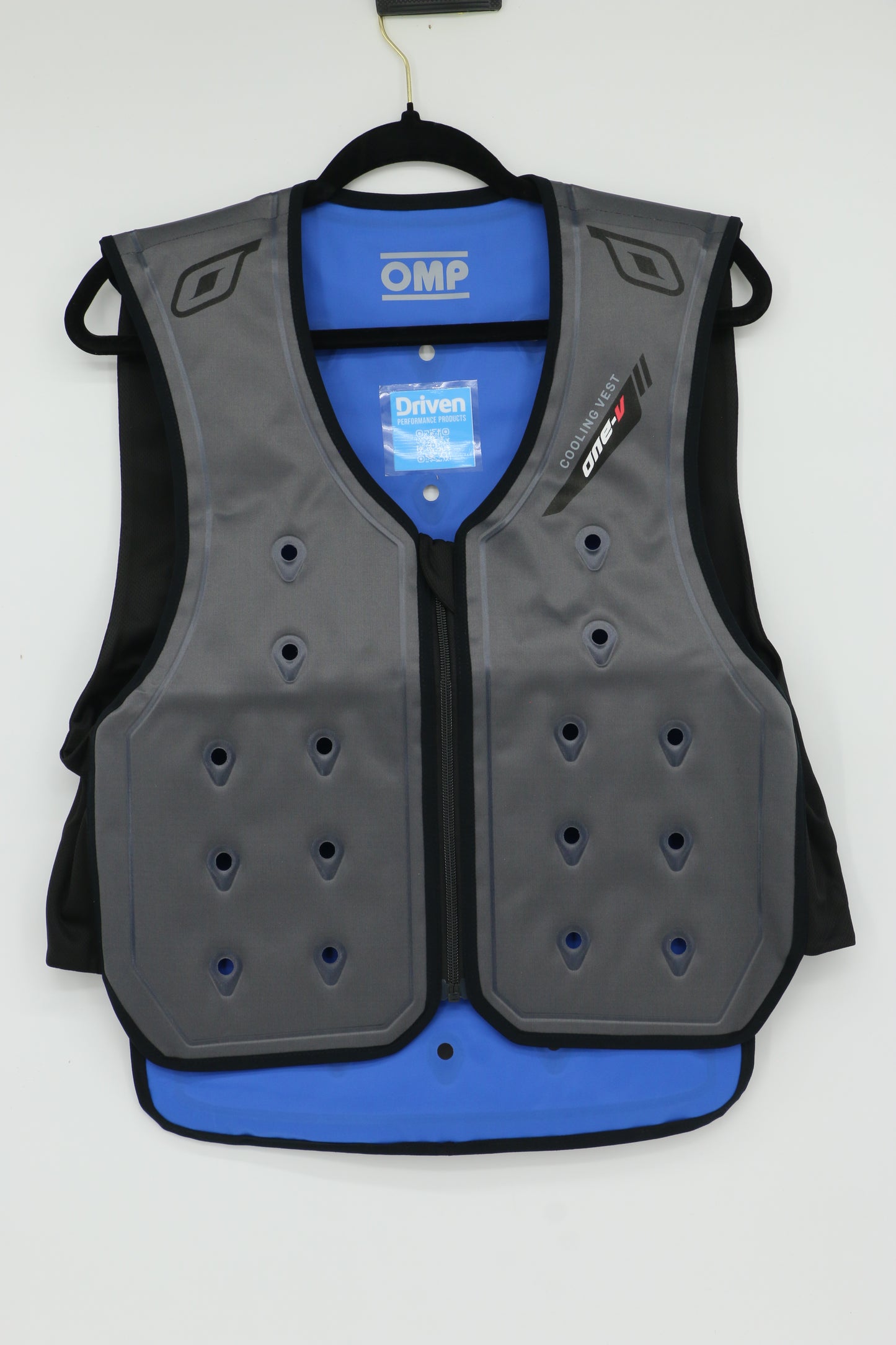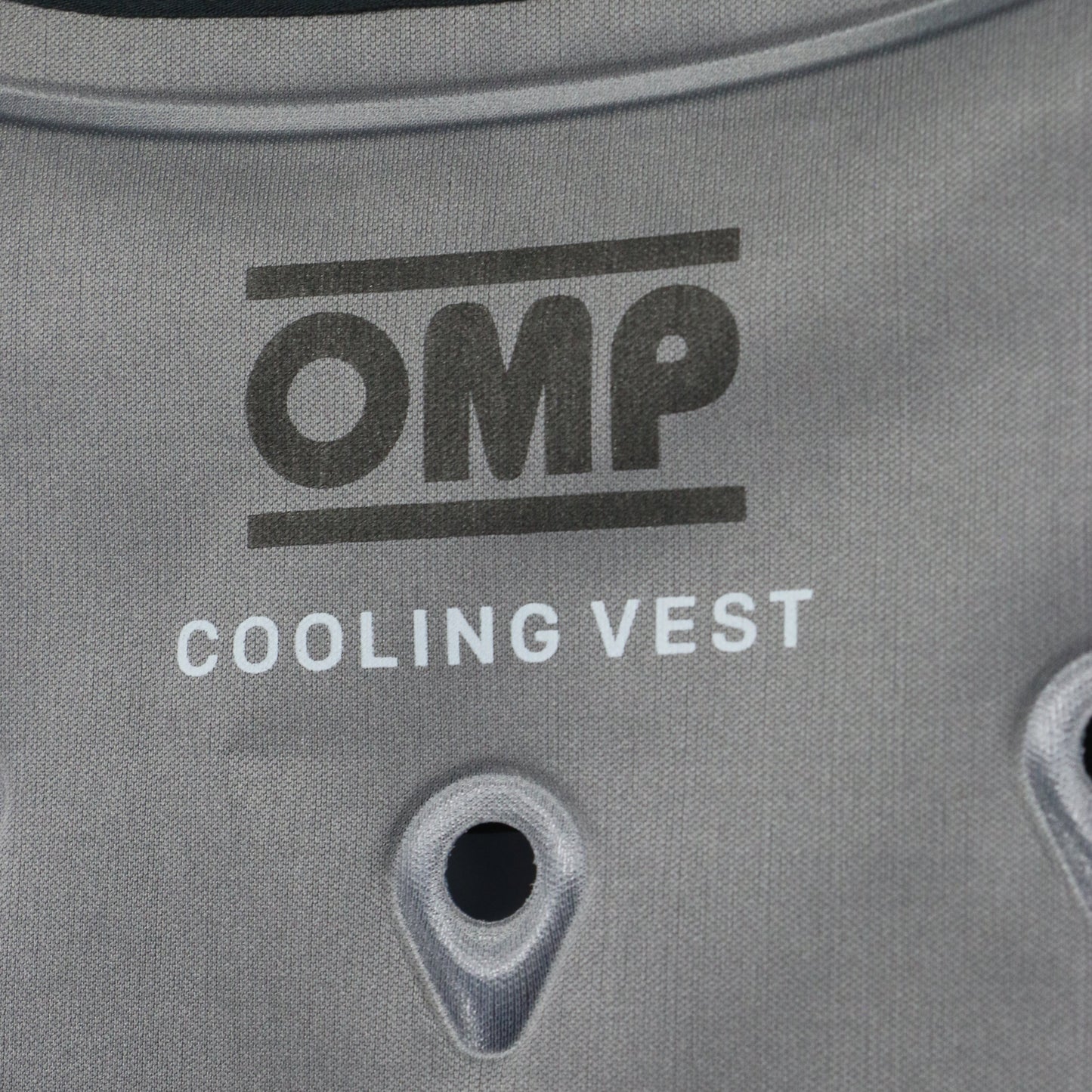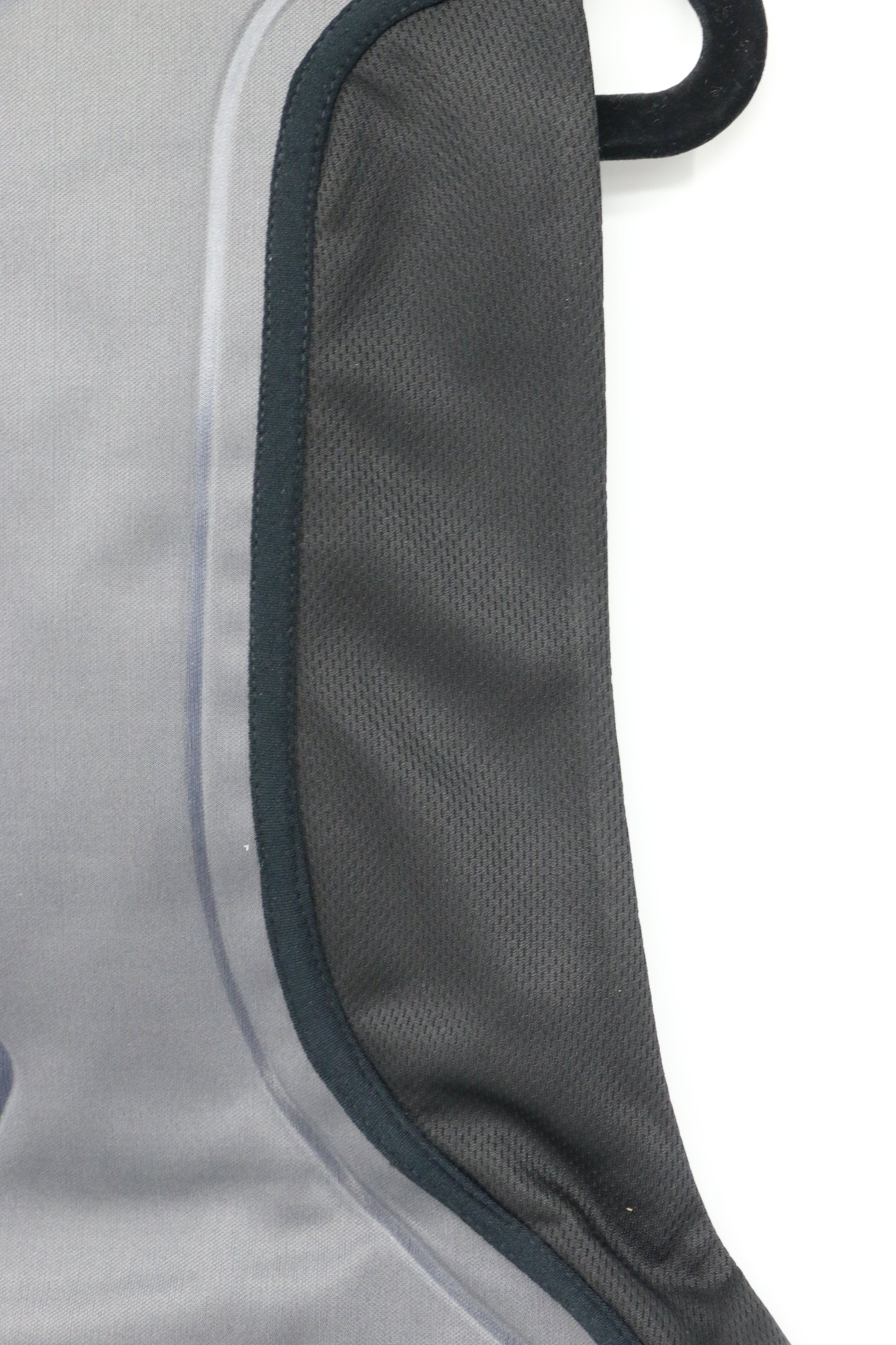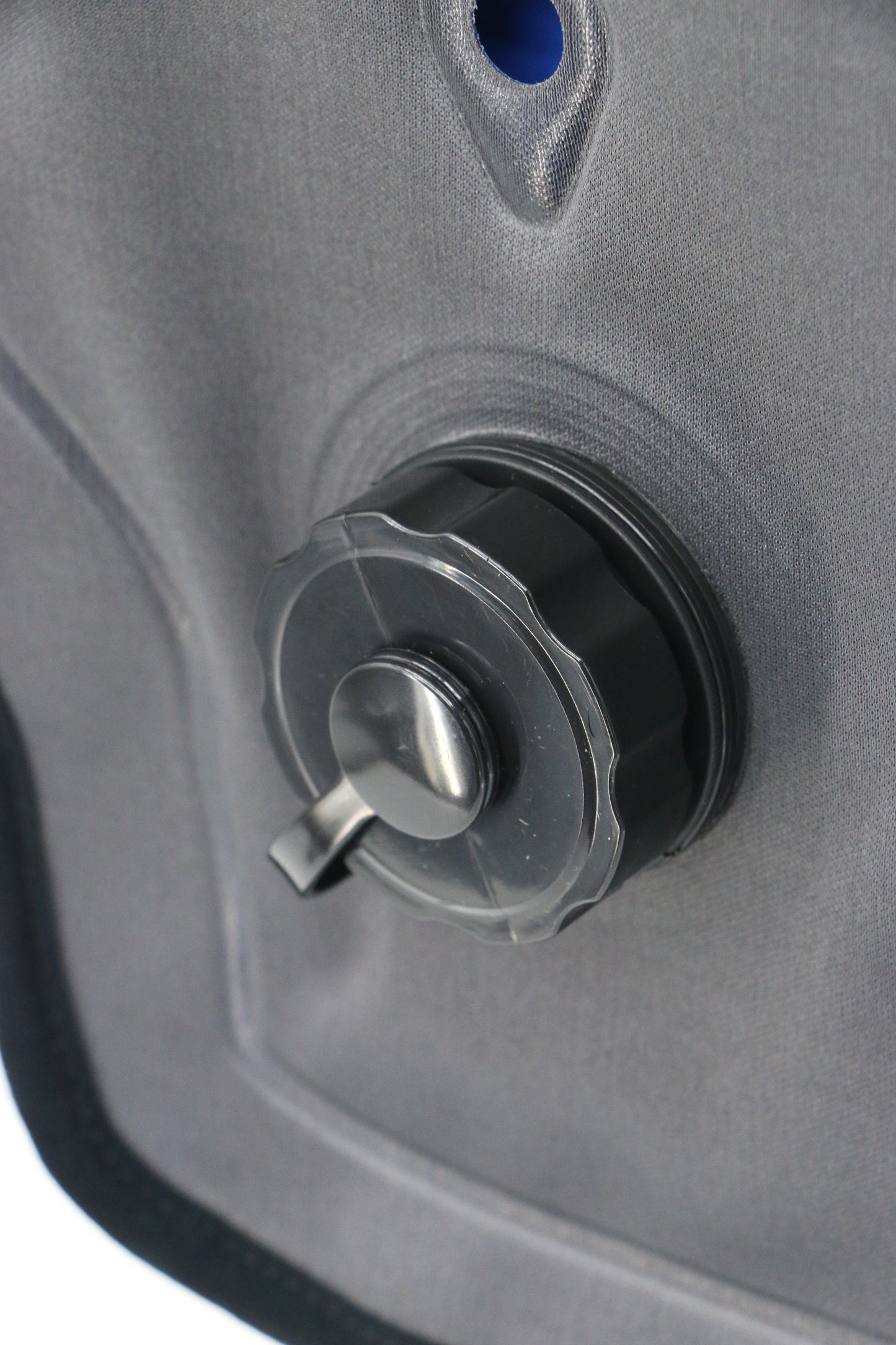High-performance racing gear, industrial lubricants & tools, and custom-fit covers from global brands — trusted and proven by professionals in motorsports, manufacturing, and maintenance.
SHOP BY BRAND
-

OilSafe® - Lubrication Management
FLUID MANAGEMENT PRODUCTS BUILT FOR INDUSTRIAL, RACING, AND SHOPS OilSafe is the...
-

BELL - Racing Wear & Helmets
BELL RACING HELMETS AND RACEWEAR – BUILT FOR CHAMPIONS Bell Racing is...
-

OMP - Racing Gear
OMP Racing – Motorsport Gear for All Levels OMP Racing has built...
-

FA Alonso Kart - Professional Karts
FA ALONSO KARTS – 8-TIME WORLD CHAMPIONSHIP PEDIGREE, ITALIAN ENGINEERED Step into...
-

VALHALLA - Karting Gear
VALHALLA KARTING GEAR – AFFORDABLE BATTLE-TESTED KARTING PROTECTION Valhalla Racing Gear delivers...
-

B2 - Racing Helmets
B2 HELMETS – PRO-LEVEL PROTECTION FOR THE CLUB RACER B2 Helmets are...
-

STAND 21 - Frontal Head Restraint Devices
PRODUCTS NOW ONSTAND 21 FHR DEVICES – NECK SAFETY THAT DOESN’T COMPROMISE...
-

GIRAFFE - Racing Driver Hydratation
Driven Performance Products is an official distributor of Giraffe Bottle hydration systems...
-

DRIVEN - COVERS
Driven Car Covers – Custom Covers for Your Build Driven’s custom car...
-

JET-LUBE - Compounds & Lubricants
JET-LUBE COMPOUNDS – PRO SHOP ESSENTIALS Jet-Lube’s range of anti-seize and specialty...
-

SWEPCO - High-Performance Lubricants
SWEPCO LUBRICANTS – HIGH-PERFORMANCE OILS FOR RACING AND BEYOND SWEPCO is known...
NEW PRODUCT!
OMP Racing
OMP | ONE-V | Cooling Vest for Motorsports
Share
SHOP BY CATEGORY

OMP | BELL | B2 | FEATHERLITE
AUTO RACING GEAR
Full racing gear essentials including helmets, suits, gloves, FHR "Hans Devices", balaclavas, and fireproof underwear that meets global safety standards: FIA, SFI, and SNELL homologations.

OMP | BELL | B2 | VALHALLA
KARTING GEAR
Premium CIK-FIA and SFI approved karting gear including helmets, suits, gloves, rib and chest vests, shoes that meets global safety standards as FIA-CIK, SFI, and SNELL homologations.

FA ALONSO KART by Kart Republic
RACING KARTS
Get into the 2x FIA-CIK World Champion and dozens of global karting titles platform. FA Alonso Kart is built for one thing — performance domination.

DRIVEN | Performance Covers
CUSTOM COVERS
Tailored for your car’s exact specs. Personalize with logos, colors, or completly for car, bikes and toolboxes storage, transport, or high-impact reveals.

OILSAFE | JET-LUBE | SWEPCO
WORKSHOP
Industrial and racing lubricants, oil transfer containers, and tools built for high-performance and pro-level reliability.
Zero Guesswork & Legendary Service.
READ OUR AWESOME BLOG CONTENT!
BLOG - Racing & Karting
View all-

The Power of Precision: Mastering Endurance Rac...
Dive into the advanced world of endurance racing's braking systems, where carbon discs and calipers combine to deliver unmatched performance and safety, even under extreme conditions.Author: Andrea Escalona
The Power of Precision: Mastering Endurance Rac...
Dive into the advanced world of endurance racing's braking systems, where carbon discs and calipers combine to deliver unmatched performance and safety, even under extreme conditions.Author: Andrea Escalona
-

Helmet Care and Maintenance Guide | DRIVEN
Your helmet is more than gear — it's protection, identity, and performance. Learn how to extend its life with expert tips on cleaning, storing, traveling, and trackside care. Avoid rookie...
Helmet Care and Maintenance Guide | DRIVEN
Your helmet is more than gear — it's protection, identity, and performance. Learn how to extend its life with expert tips on cleaning, storing, traveling, and trackside care. Avoid rookie...
-

How-To: Guide to Choose the Ideal Racing Helmet
Confused about which racing helmet to buy? This guide covers everything—fit, shape, certifications (FIA, Snell), materials, price differences, and when to replace your helmet by DRIVEN | Performance Products Team....
How-To: Guide to Choose the Ideal Racing Helmet
Confused about which racing helmet to buy? This guide covers everything—fit, shape, certifications (FIA, Snell), materials, price differences, and when to replace your helmet by DRIVEN | Performance Products Team....
BLOG - Car Care
View all-

Elevating Customer Experience: Advantages of Ca...
Elevate the Customer Journey with Car Reveal Covers Incorporating Car Reveal Covers into your dealership's delivery routine is more than just a nod to innovation—it's a strategic move to enhance...
Elevating Customer Experience: Advantages of Ca...
Elevate the Customer Journey with Car Reveal Covers Incorporating Car Reveal Covers into your dealership's delivery routine is more than just a nod to innovation—it's a strategic move to enhance...
-

Revolutionizing Automotive Maintenance: The Cas...
Explore the groundbreaking shift from oil funnels to sealed, colorized fluid containers, ensuring purity and performance in automotive and motorsport maintenance.
Revolutionizing Automotive Maintenance: The Cas...
Explore the groundbreaking shift from oil funnels to sealed, colorized fluid containers, ensuring purity and performance in automotive and motorsport maintenance.
-

Guarding Your Vehicle: The Importance of Regula...
Keep your car's exterior in top-notch condition and safeguard its value with the ultimate guide to choosing and using outdoor car covers effectively.
Guarding Your Vehicle: The Importance of Regula...
Keep your car's exterior in top-notch condition and safeguard its value with the ultimate guide to choosing and using outdoor car covers effectively.
-

Car Care Tips: Preserving Your Car's Shine Beyo...
Discover the art of perpetual shine and the science behind paint protection in our latest deep dive. For the enthusiast who sees their car not just as a mode of...
Car Care Tips: Preserving Your Car's Shine Beyo...
Discover the art of perpetual shine and the science behind paint protection in our latest deep dive. For the enthusiast who sees their car not just as a mode of...
BLOG - Esports
-

How-To Start Sim Racing: Guide on How to Choose...
Looking How-To To Start Sim Racing? Choose The Right Path ! By Jakub Olcen Sim racing is one of the most accessible ways to experience the thrill of motorsport. Unlike...
How-To Start Sim Racing: Guide on How to Choose...
Looking How-To To Start Sim Racing? Choose The Right Path ! By Jakub Olcen Sim racing is one of the most accessible ways to experience the thrill of motorsport. Unlike...
-

More Than Just a Game: Virtual Racing by Real P...
Virtual Racing By Real People...More than just a Game! By Jakub Olcen Sim racing isn’t just a game - it’s a revolution in motorsport. What started as a virtual hobby...
More Than Just a Game: Virtual Racing by Real P...
Virtual Racing By Real People...More than just a Game! By Jakub Olcen Sim racing isn’t just a game - it’s a revolution in motorsport. What started as a virtual hobby...

FA Alonso Kart
Ride the legacy of a 2-time CIK-FIA world champion chassis. Unrivaled performance & precision.

PIT, WORKSHOP & GARAGE
Stock your pit & garage with professional products from OilSafe Lubrication management, Jet-Lube Lubricants, and more.

CAR COVERS
Tailor-made car covers for premium protection and stunning reveals.

AUTO RACING GEAR
Complete your fire proof racing arsenal with OMP Racing, Bell Helmets, Stand21 Hans and more.

KARTING GEAR
From top-tier brands like OMP Racing, BELL Helmets, and Custom Teamwear, equip yourself for victory.



























